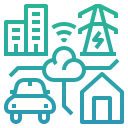Design Considerations for Urban Charging Stations: People-First Power for City Streets
Location and Accessibility in Dense Streetscapes
Curbside chargers invite spontaneous use and leverage existing parking, but they compete with loading, pickup zones, and bus stops. Off-street sites reduce curb conflicts and ease cable management, yet require clearer wayfinding. Which works best in your neighborhood? Tell us what tradeoffs you see daily.
Location and Accessibility in Dense Streetscapes
Every station should welcome all drivers, including wheelchair users and people with limited reach or grip strength. Gentle slopes, adequate door clearance, low-force connectors, tactile cues, and cable supports reduce barriers. If you’ve encountered access challenges, share details so we can spotlight remedies that actually work.

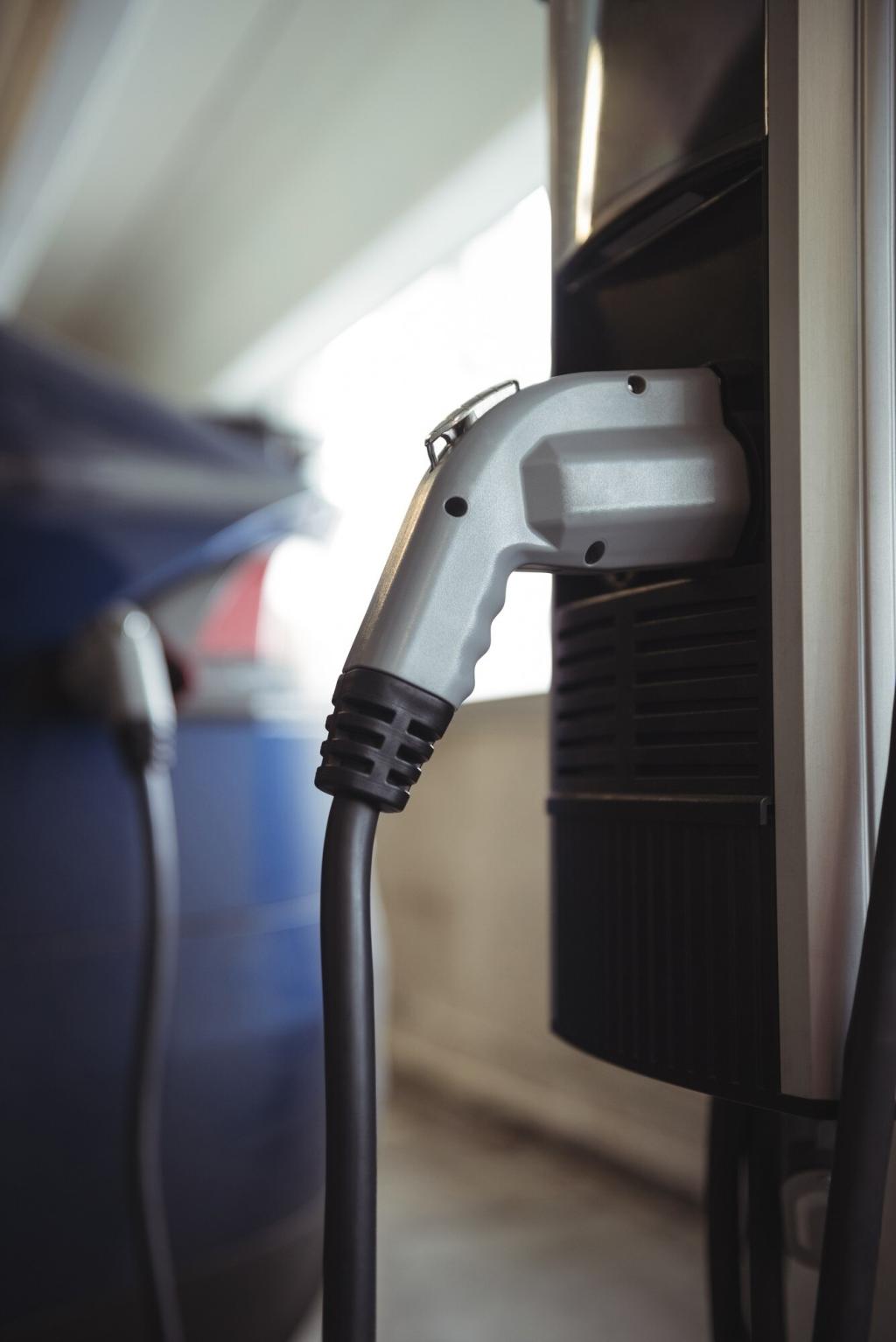
Right-sizing Capacity and Redundancy
Overbuilding can waste capital, while underbuilding creates queues and frustration. Start with observed demand, building capacity tiers and backup paths for partial failures. Modular cabinets and spare conduits help scale without trenching again. Have you seen stations bottleneck? Tell us where peak times bite hardest.
Smart Load Management and Demand Windows
Dynamic load sharing balances multiple plugs while respecting site limits. Charging can be nudged toward off-peak hours, aligning with cleaner grid windows. The result: fewer utility upgrades and happier neighbors. Want a primer on setpoints and schedules? Comment ‘load’ and we’ll send a quick-start guide.
Modular Design for Upgrades and Standards
Standards evolve and power needs climb. Design swappable components, accessible cable trays, and generous pull boxes to reduce downtime during upgrades. Label everything clearly for faster service. If your city has upcoming tech requirements, share them to help others design once and upgrade smoothly.
Safety, Lighting, and Personal Security
24/7 Visibility Without Glare
Uniform, shielded lighting reduces shadows while avoiding harsh glare that can blind drivers and annoy nearby apartments. Light the ground, controls, and payment interfaces, not the sky. Thoughtful luminance levels make spaces inviting. Seen a station that nails this balance? Point us to it and tell us why.
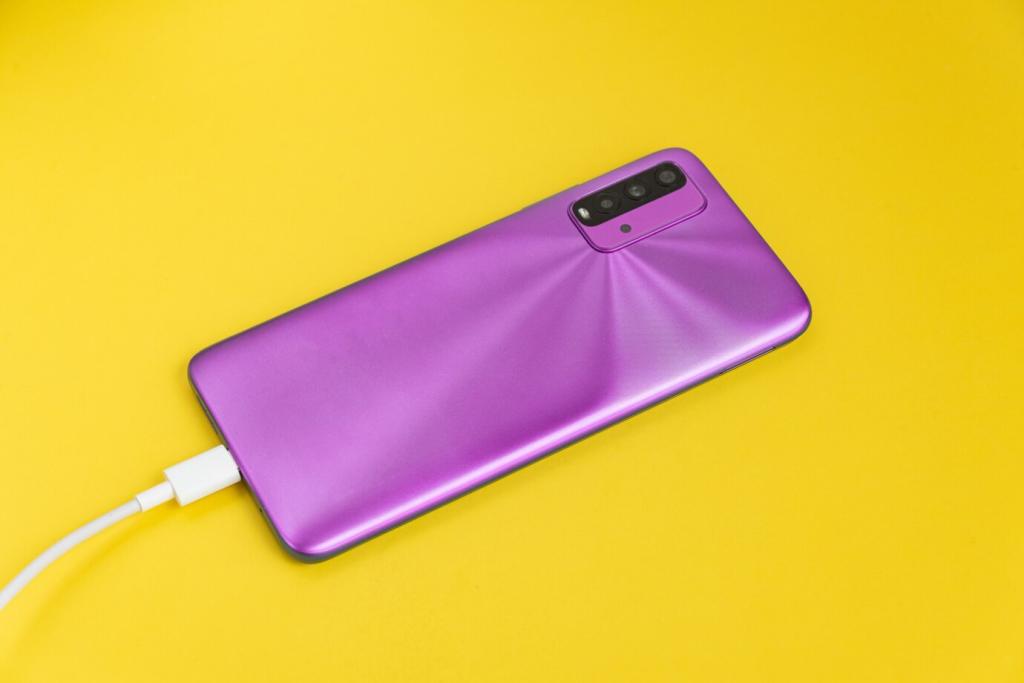
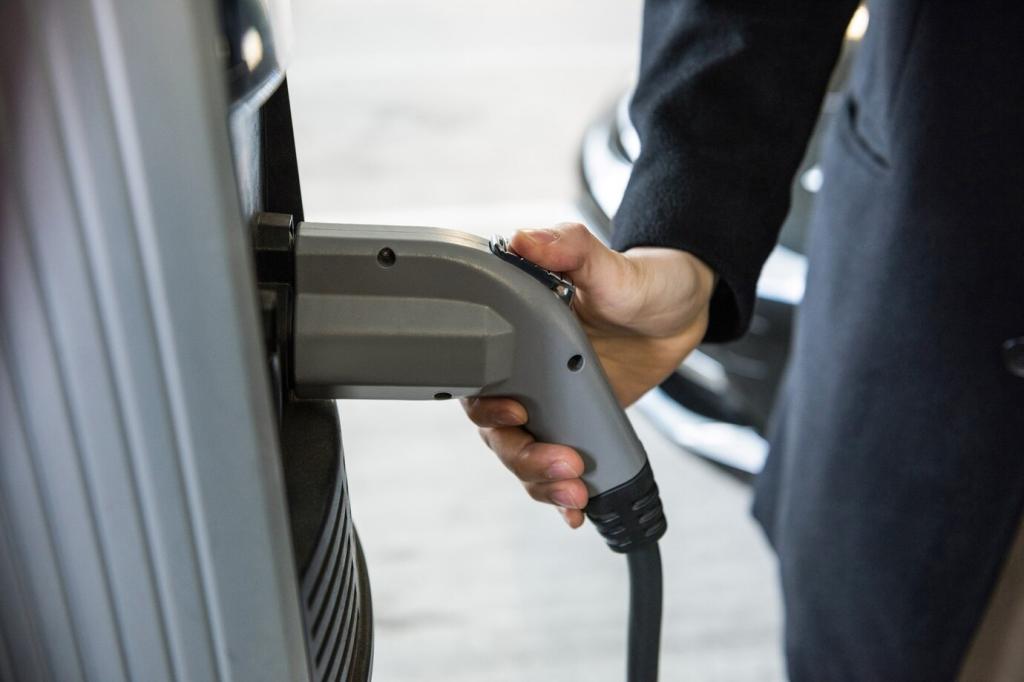
Natural Surveillance and Clear Sightlines
Place chargers where passersby can see them, near active frontages, and avoid tall planters that create blind corners. Cameras help, but lively surroundings deter issues best. If a station feels hidden, note the blockers you see so designers can fix sightlines without sacrificing beauty.
User Experience, Wayfinding, and Payment
Markers should guide drivers from arterial roads to bays, then instruct cable handling and safe cord routing. Large, readable typography and pictograms beat jargon. If you’ve had to circle the block for a station, drop a pin and describe which directional cues were missing.
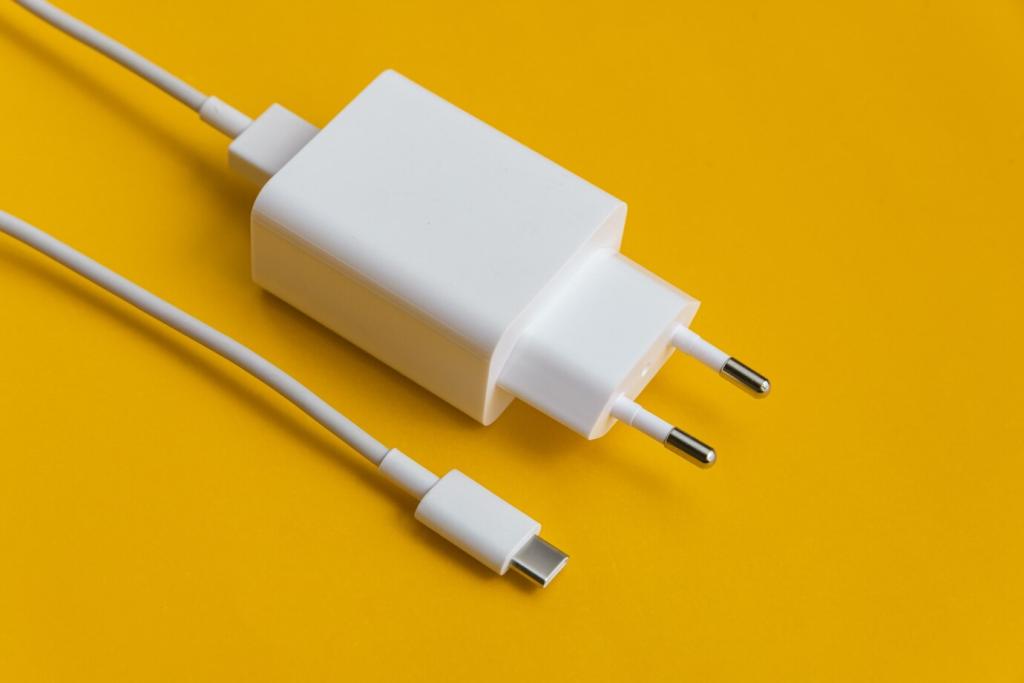
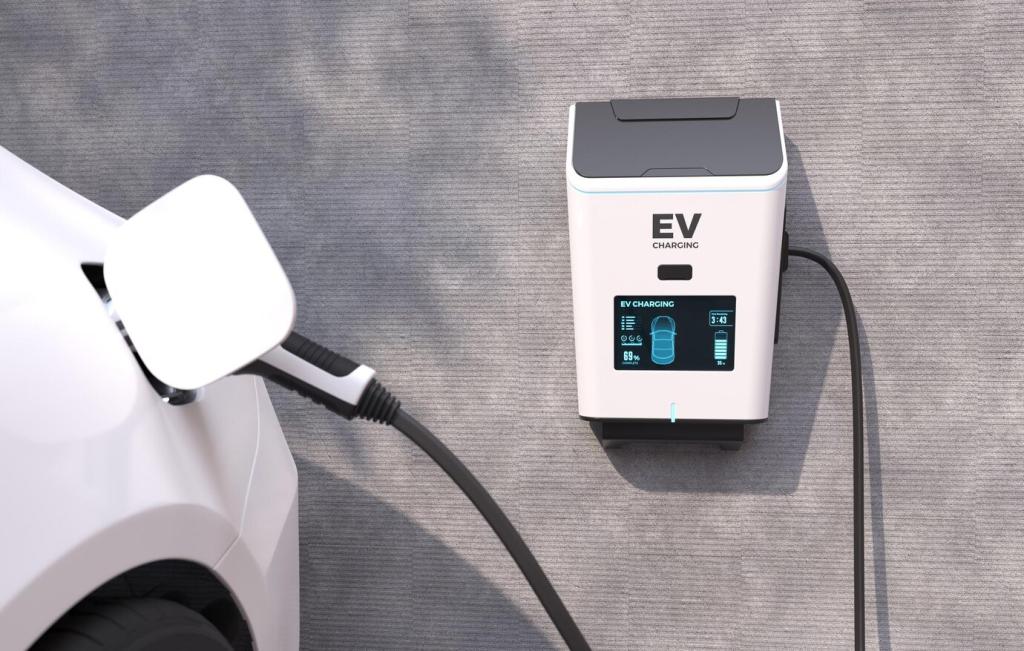
User Experience, Wayfinding, and Payment
Offer tap-to-pay, app, and account-free options. Show prices upfront, confirm session details, and print or email receipts. Invisible UX is best: no forced signups, no mystery fees. What payment pain points frustrate you most? Share them to help build kinder, faster transactions.
Choose finishes that resist scuffs and graffiti while echoing local palettes—brick tones, muted metals, or neighborhood color cues. Compact forms reduce visual clutter. Tell us which street furniture your city uses well; harmonized elements make chargers feel like a natural civic companion.
Integration with City Life: Aesthetics, Noise, and Micromobility
Cooling fans and power gear can hum. Place equipment away from windows, add acoustic treatments, and plant vegetation to diffuse sound. Vent hot air thoughtfully to avoid discomfort. Noticed a noisy install near homes? Map it and suggest mitigation ideas other readers can consider.
Integration with City Life: Aesthetics, Noise, and Micromobility
Operations, Maintenance, and Reliability
Front-access panels, standardized parts, and clear labeling reduce truck rolls and downtime. Keep spares on hand and ensure service vehicles can reach the site easily. Have you experienced repeated faults at a station? Tell us the pattern so we can spotlight design changes that shorten repairs.
Operations, Maintenance, and Reliability
Monitor faults, connector use, and session drops in real time. Post outages within the app and on-site, with ETAs for fixes. People plan around honest information. If transparency helped you reroute smoothly, share that story to encourage better communication norms across networks.
Operations, Maintenance, and Reliability
A technician once told us a labeled conduit saved hours during a storm repair, getting commuters back on the road before dawn. Small design choices ripple outward. Got a frontline story—good or bad? Send it in; real experiences drive practical improvements.
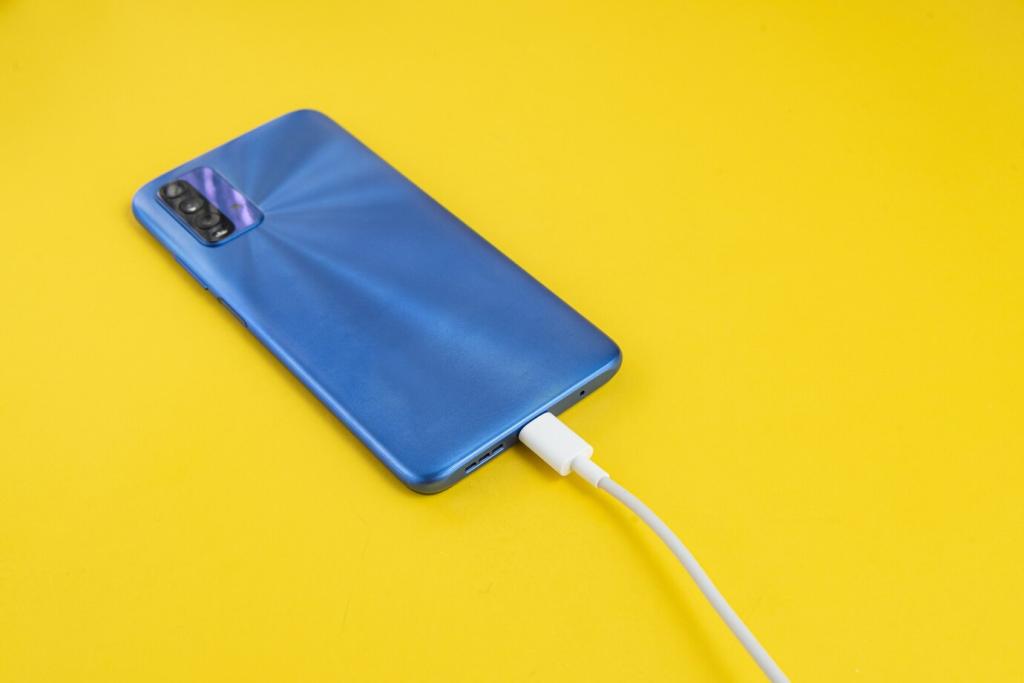
Serving Renters and Garage-less Drivers
Many city residents cannot charge at home. Prioritize curbside or lot-based stations near apartments and transit, with fair pricing and consistent availability. If you rely on public charging, tell us what hours, locations, and features would most improve your weekly routine.
Community Engagement that Shapes Design
Host walk audits, pop-up pilots, and surveys in multiple languages. Ask about lighting, cable routing, and sidewalk flow before installing hardware. When residents see their feedback in the final design, adoption rises. Share tactics that helped your neighborhood feel heard and respected.
Permitting, Utilities, and Tactical Pilots
Streamlined permits and early utility coordination prevent stranded assets. Pilot temporary stations, collect data, and iterate before permanent builds. If your city has a permitting shortcut or utility playbook, link it below—practical templates help others move faster and smarter.
